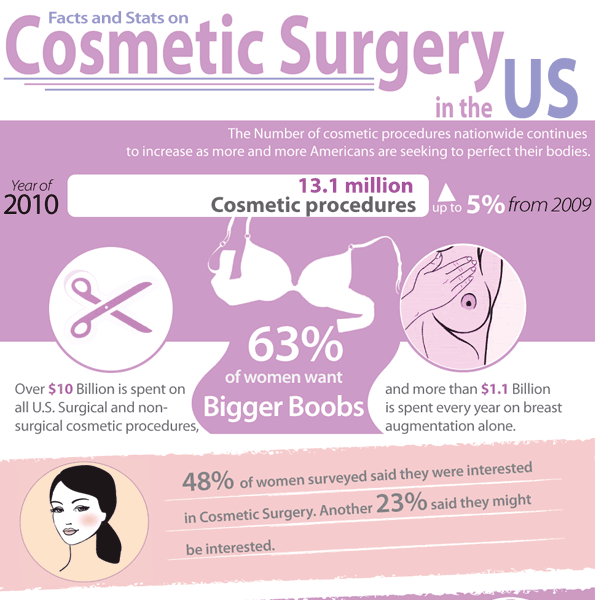Causes Of Acne On Cheeks
Causes Of Acne On Cheeks
Blog Article
Root causes of Acne on Cheeks
Acne breakouts in the cheek area are set off by lots of points, from touching your face often to not transforming your pillow case usually sufficient. Picking at imperfections raises your threat of infection and scarring, and particular medicines can aggravate dark areas (postinflammatory hyperpigmentation).
Fortunately, there are numerous means to prevent and treat cheek acne. These consist of:
1. Hormone Adjustments
Acne is mostly triggered by hormonal agents, especially those produced during the age of puberty and maternity. For some, a family history of acne may likewise add to their problem. Anything that obstructs pores, such as oil-based skin care products or ceraceous hair items, can trigger acne. Various topical treatments, like benzoyl peroxide and salicylic acid, can battle bacteria and unblock pores. Those with serious or persistent acne needs to look for treatment from their physician.
Prevent touching or pressing your acne, as this can press some of the bacteria deeper into the skin, causing an extra extreme outbreak. It is also important to alter pillow cases consistently and use clean makeup brushes. You must likewise attempt to stay clear of toxic irritants such as rubbing from wearing a helmet or tight collar.
2. Diet plan
The oily, sweet foods that many individuals assume trigger acne might actually not do so. In fact, research studies have shown that consuming a diet plan abundant in entire, nutrient-dense foods assists to stop outbreaks.
Foods high in the glycemic index (such as white bread, corn flakes, blew rice and potatoes, doughnuts and other pastries) increase blood glucose degrees promptly, and this can increase hormones that increase oil production and bring about acne.
Consuming alcohol cow's milk has actually likewise been connected to enhanced acne outbreaks. If you are a normal cow's milk enthusiast, you could want to try changing to low-fat or nondairy choices that are strengthened with calcium. On top of that, drinking more water can assist to decrease acne since it assists to maintain the skin hydrated.
3. Excess Oil
While oil is crucial for healthy and balanced skin, it can come to be a problem when too much sebum mixes with dead skin cells and blocks pores. This mix can create blackheads, whiteheads and pimples. The clogged pore wall can break down and spill bacteria, dead skin cells and sebum into bordering skin. This causes a red bump called an acne. Occasionally these red bumps have pus in the facility from a microbial infection. Bigger contaminated bumps that resemble acne are called cysts.
There are several points that can create excess sebum and clogged pores, consisting of hormonal agent variations, diet regimen and day-to-day behaviors. Some instances consist of touching the face regularly, relaxing your hand on your cheek, utilizing filthy makeup brushes and not changing pillowcases regularly.
4. Stress
If you're dealing with pain acnes or a variety of blackheads and whiteheads, it might be time to iv therapy speak with a dermatologist. They can recommend an effective therapy that matches your skin type. Practicing leisure and stress-reduction strategies likewise assists.
Acne can occur in the cheeks due to friction and stress, such as when an individual touches their face often or uses a hat or sports helmet that rubs against the skin. It can additionally show up where greasy cosmetics and lotions rub versus the skin.
Prevent squeezing acne, as this can push contaminated material deeper into the skin and lead to scarring. Rather, see a medical professional to discover preventative treatments like medication, skin care items and way of life modifications. Eating a healthy and balanced diet regimen of entire foods, getting seven to 9 hours of rest and using noncomedogenic makeup and skin care products can all help reduce acne breakouts.
5. Hair Products
Hair items are not normally considered a cause of outbreaks, however they can contribute to acne on the cheeks in some individuals. Pomade acne, which is defined by small shut comedones and papulopustules, is frequently triggered by the use of oily hair items that contain comedogenic ingredients such as particular oils and acetylated lanolin.
Selecting hair products that do not include these potentially comedogenic active ingredients is a crucial step towards lessening breakouts. Additionally, making certain that hair products aren't can be found in contact with the skin can aid protect against outbreaks. For example, putting on a scarf or bonnet in the evening can limit hair-to-face call and decrease the likelihood that leave-in hair items will abrade onto the face.
In addition to making use of a non-comedogenic moisturizer and cleaning with an acne face laundry, other practical strategies consist of: